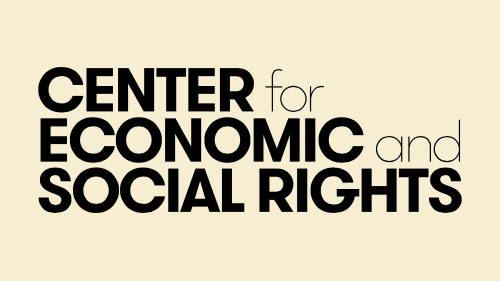1. Interrogate:
Some of the deepest injustices we face today — poverty, inequality, environmental destruction — harm a vast range of human rights. But they don’t fit within a simple cause-and-effect analysis. They’re highly complex and interconnected due to how our economies are organized. Adopting a systems thinking approach, this step translates human rights norms into more measurable criteria that can help in identifying the various elements in our economies. It also introduces OPERA, an analytical framework for unpacking how these elements interconnect and interact and understanding how they create particular dynamics that sustain injustice. OPERA groups human rights norms into four dimensions: Outcomes, Policy Efforts, Resources, and Assessment. It sets out questions to ask for each, which can be answered using indicators and benchmarks.
2. Illuminate:
This step draws together a range of methods that help answer the questions mapped out using OPERA in the first step. It focuses on various data sources, as a type of knowledge that can be highly effective in making the case for change. When it comes to analyzing how resources are distributed, “crunching the numbers” can be especially valuable in uncovering patterns and trends that might otherwise remain hidden. However, this step also takes a critical approach to data, acknowledging its potential to conceal as well as reveal, and suggests ways to analyze and contextualize data.
3. Inspire:
This step builds collective power for change, by leveraging evidence creatively in both formal and informal accountability processes. It recognizes that change in complex systems is messy, unpredictable, and beyond the control of any single organization or even groups of organizations. Change can occur by tiny increments, or by large leaps forward. For this reason, we need to identify entry points in the accountability ecosystem. These can be legal, administrative, political, or social; they can be formal or informal; and they can operate at local, national, regional, and international levels.




